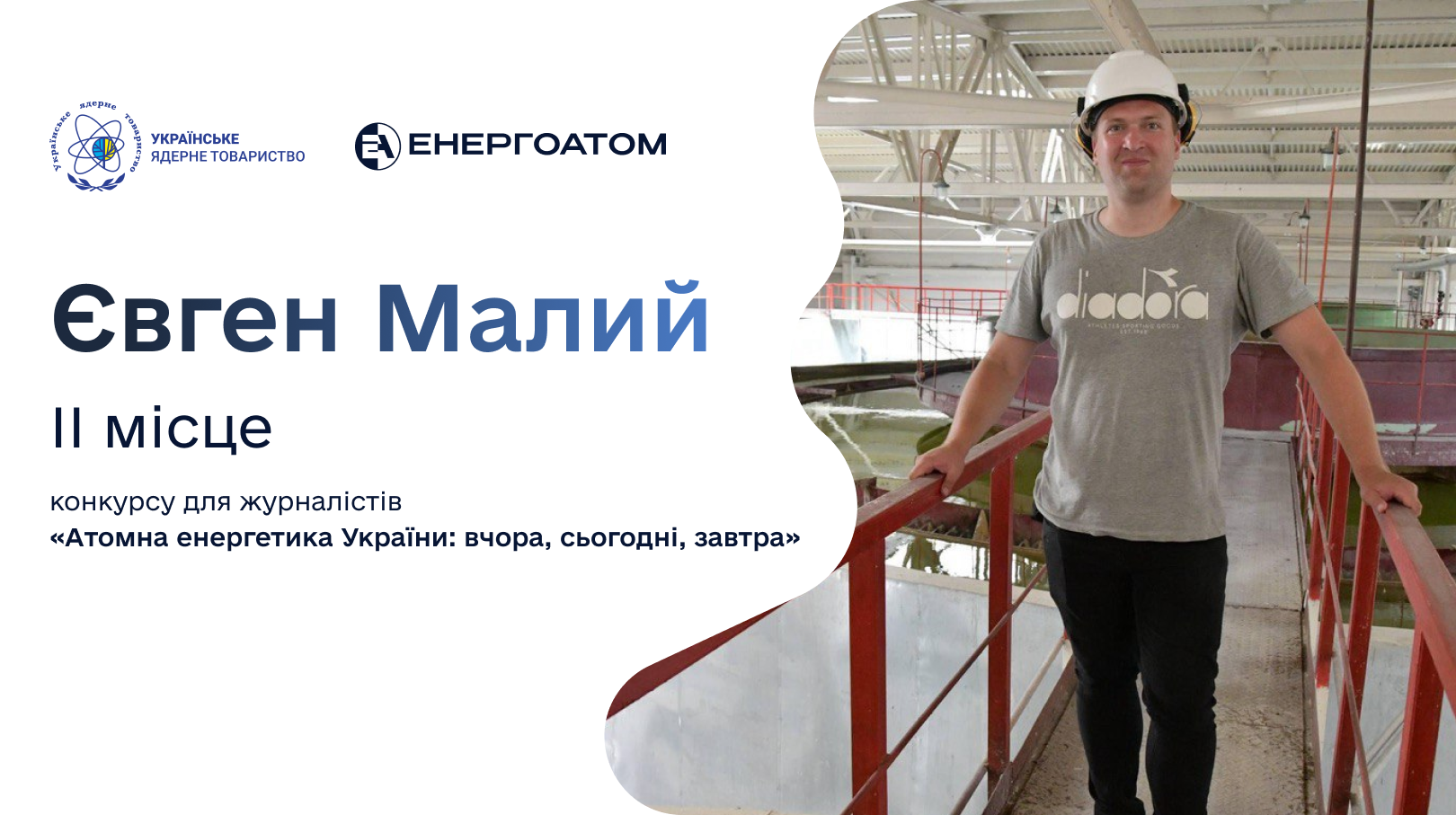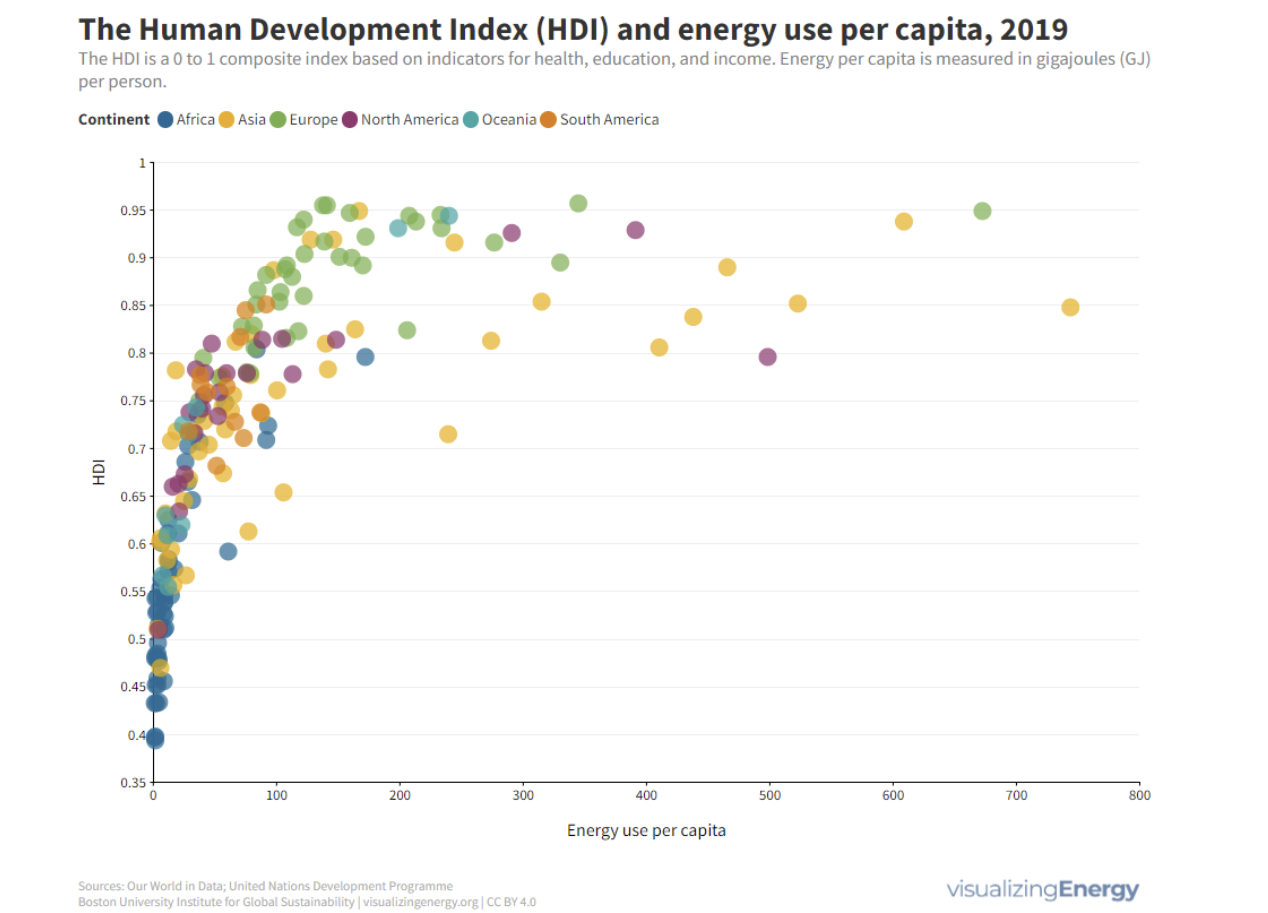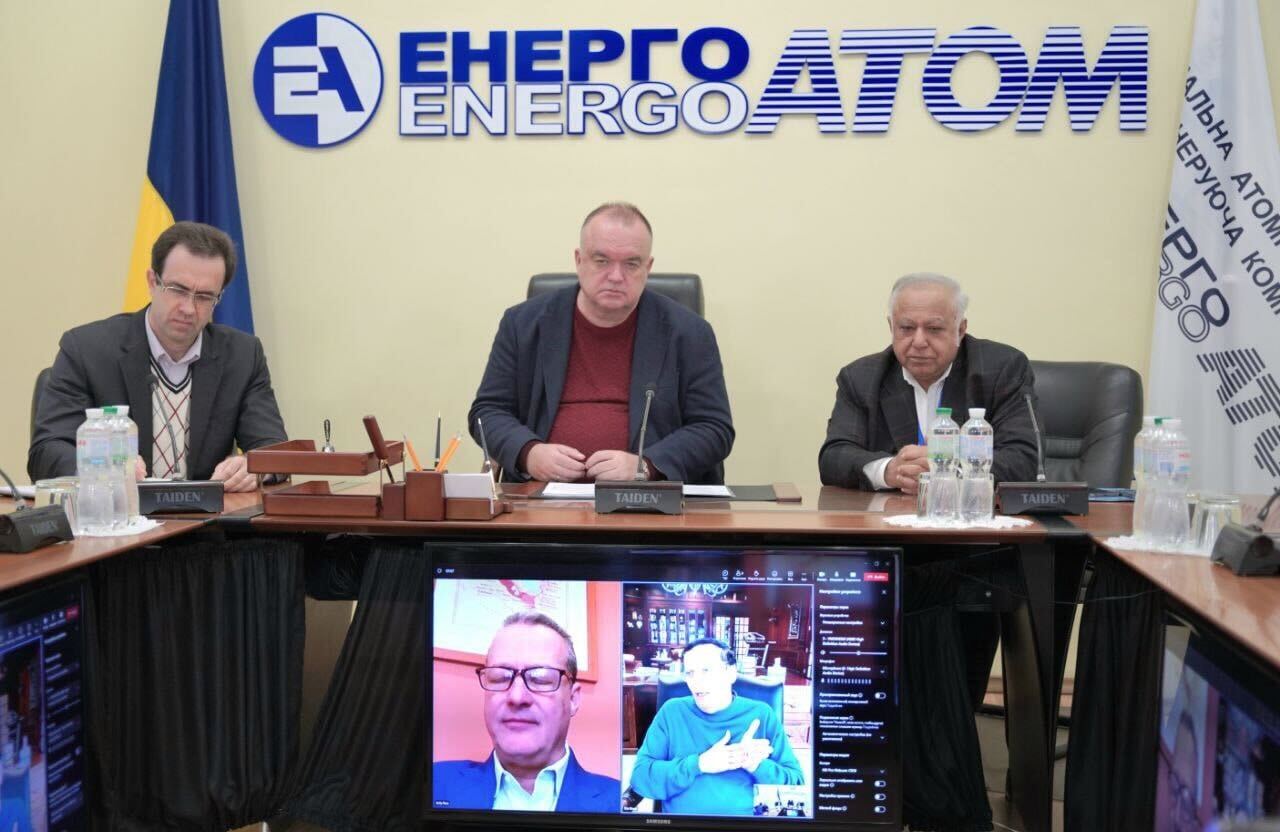13.09.2024
New Nuclear Cycle. Nuclear Energy Will Change Our Lives for the Better

Yevhen Malyi,
Candidate of Physics and Mathematics, nuclear energy expert,
Member of the Scientific and Analytical Section of the Ukrainian Nuclear Society,
Senior Researcher at the Institute for Nuclear Research of the National Academy of Sciences of Ukraine
Long cycles and what the atom has to do with it
In the middle of the 20th century, George Modelski, a well-known American political scientist of Polish origin and professor emeritus at the University of Washington, developed the concept of long cycles of global politics and the evolution of the global economic system caused by them. In his research, he tried to explain why some countries had a dominant position. In contrast, others were oppressed, and why the situation could eventually change dramatically at some intervals within 50-70 years.
Without getting too deep into Modelski's Long Cycle Theory and considering his model in a simplified way, then in some historical periods, the advantage of certain countries was military, economic, or political innovations that could turn a state into a superpower for decades (or even centuries). The developed military and merchant fleets in Spain and Portugal at the turn of the 16th and 17th centuries allowed them to dominate the sea and discover new lands by creating colonies. The Industrial Revolution, at the turn of the XVII-XIX centuries, began in Britain and allowed Foggy Albion to become a leading industrial country... Of course, this logical series can be continued.
If you ask ordinary people, what they consider the main components of innovation, success, and prosperity, the answer mostly will be something like “people” or “technology.” In reality, the key factor in development has always been resources, particularly energy resources. In the modern globalized world, these innovations and advantages no longer seem so important and obvious because all technologies are available and thus present on global markets. In other words, with economic capacity and political expediency, a state can successfully develop trade, build state-of-the-art merchant ships, and develop innovative high-tech industries. Of course, all of this is true, but there are some nuances.
The example of the development of the peaceful atom, which began in a historical perspective quite recently, is very illustrative: the world's first artificial nuclear reactor was built only 82 years ago. However, its impact on the energy sector was enormous, and the world has changed dramatically since then.
The arduous journey to nuclear power
For thousands of years, the only power source was wood, later – coal, and then oil and gas. Nuclear energy has made a sharp turn, both in the perception of the structure of our world and in the understanding of complex physical phenomena and processes that can serve as a source of the huge amount of energy needed by humanity. By having more energy, a geopolitical entity has more production, more opportunities, and, as a result, higher chances for living standards and well-being. Of course, nuclear power has gone through a thorny path of ups and downs – from the nuclear renaissance and the construction of hundreds of power units in the world in a matter of decades to the Chornobyl accident and a temporary moratorium on all nuclear projects.
Returning to G. Modelski and his theory, we can say that all innovations have had such a difficult path – the largest ships sank in the Atlantic waters, the largest factories exploded or burned to the ground... Nevertheless, this did not stop the development of technology, nor did it stop the development of nuclear power, which became more efficient and, most importantly, safer with each passing decade.
The energy of well-being
In 1990, the United Nations published its first version of the Human Development Index (HDI) as part of the United Nations Development Program. This indicator consists of life expectancy, education level, and per capita income. Each country is rated on a scale from 0 to 1, which reflects a low or high level of development.
Since 1990, when the research began, the level of human development (of individual countries) has been directly correlated with the level of consumption and, consequently, electricity production. A direct correlation has been established between the overall living standards and electricity consumption. In short, the higher the level of consumption, the higher the HDI, which indicates the importance of electricity production.
However, are there many options for baseload projected generation? Actually, no. After all, if we exclude fossil coal, oil, and gas, which, even with the most efficient combustion, pollute the environment and increase carbon emissions, the only choice is nuclear power. That is why the world is currently experiencing a new “nuclear renaissance”, with more than 60 new power units under construction and the same number in the pipeline, while the topic of small modular reactors and their prospects is being discussed at almost every turn. The next historical cycle will likely be nuclear.

Nuclear cycle of Ukraine
Should new nuclear power units be built in Ukraine? Definitely, yes. After all, NPPs can become the basis for a low-carbon energy future and the foundation for the post-war recovery of our country.
Before the full-scale invasion, NPPs generated more than 55% of all electricity in Ukraine. Now this figure is slightly lower, but is about 50%. The rest of the energy mix is made up of coal-fired power plants, hydroelectric power plants (HPPs), hydro pumped storage power plants (HPSPPs) and renewable energy sources (RES). The share of renewables ranges from 6 to 10% throughout the year.
Obviously, there are no eternal technologies. In particular, this applies to nuclear power units: they all have a limited lifetime. Speaking about Ukraine, in the next 15 to 20 years, some power units will need to be decommissioned. What will replace them? Obviously, not with coal or gas. Perhaps hydroelectric power plants or renewables? This is not fully possible due to natural objective factors, including the lack of sufficient average annual wind speed in many regions of Ukraine, the instability of solar generation, especially when it comes to basic capacities, the high cost of managing a power system with a large number of renewables, the production of which cannot be predicted for at least a weekly period.
Accordingly, the only way for Ukraine to ensure energy security and availability of basic capacities is related to nuclear generation. Therefore, the question should not be “building power units or not?” but “what units should be built?” and “when to start?”.
And we need to start now, and both move towards the technology of high-capacity units (for example, AP 1000) and pay attention to the technology of small modular reactors capable of operating in load following modes. It is the balance of baseload and load following nuclear generation together with renewable energy sources such as solar and wind power plants that could create an optimal energy mix in Ukraine with minimal carbon emissions and high efficiency. But the basis of this mix, as well as the basis of the future of the world's energy sector, at least in the upcoming cycle, will be nuclear power.
MORE NEWS

Volodymyr Zelenskyy: “Nuclear generation is an obvious priority in the energy sector”
19.11.2024

1000 days of war – 1000 days of steadfastness
19.11.2024

Energoatom teams once again took part in a charity football tournament to support the Armed Forces of Ukraine
18.11.2024

Joint projects of Energoatom and Holtec to increase Ukraine's production capacity and create new jobs
18.11.2024


 UA
UA





